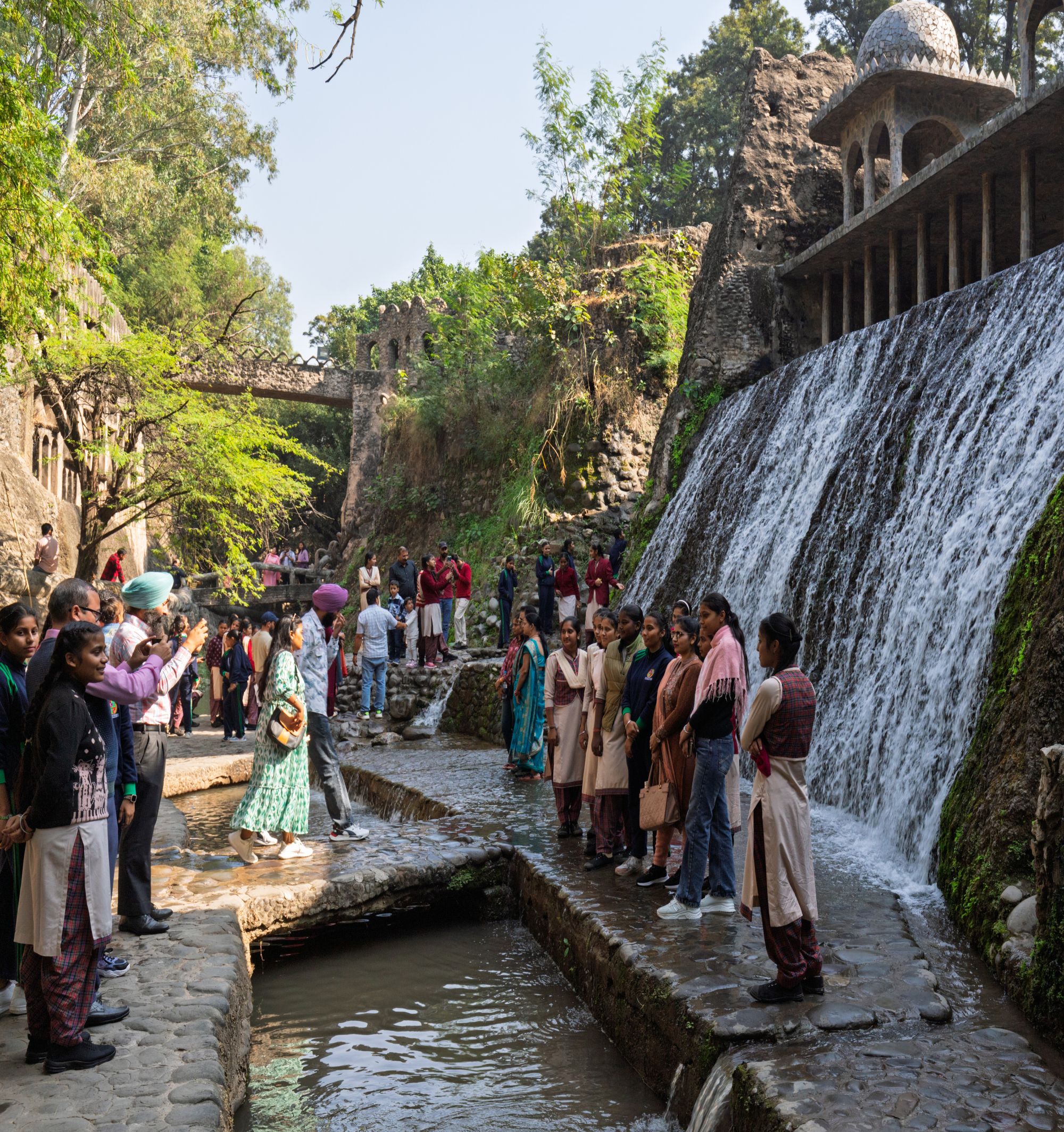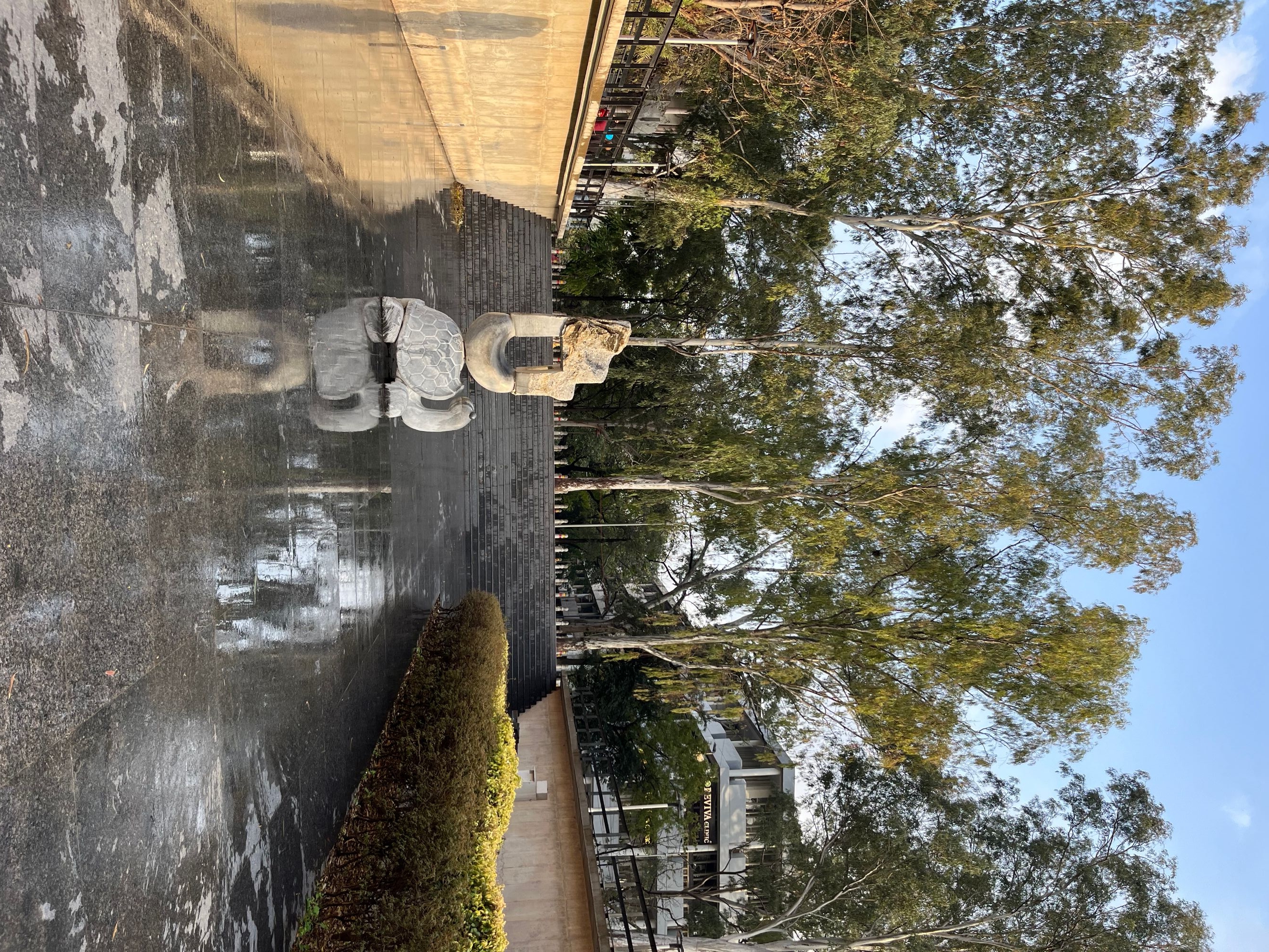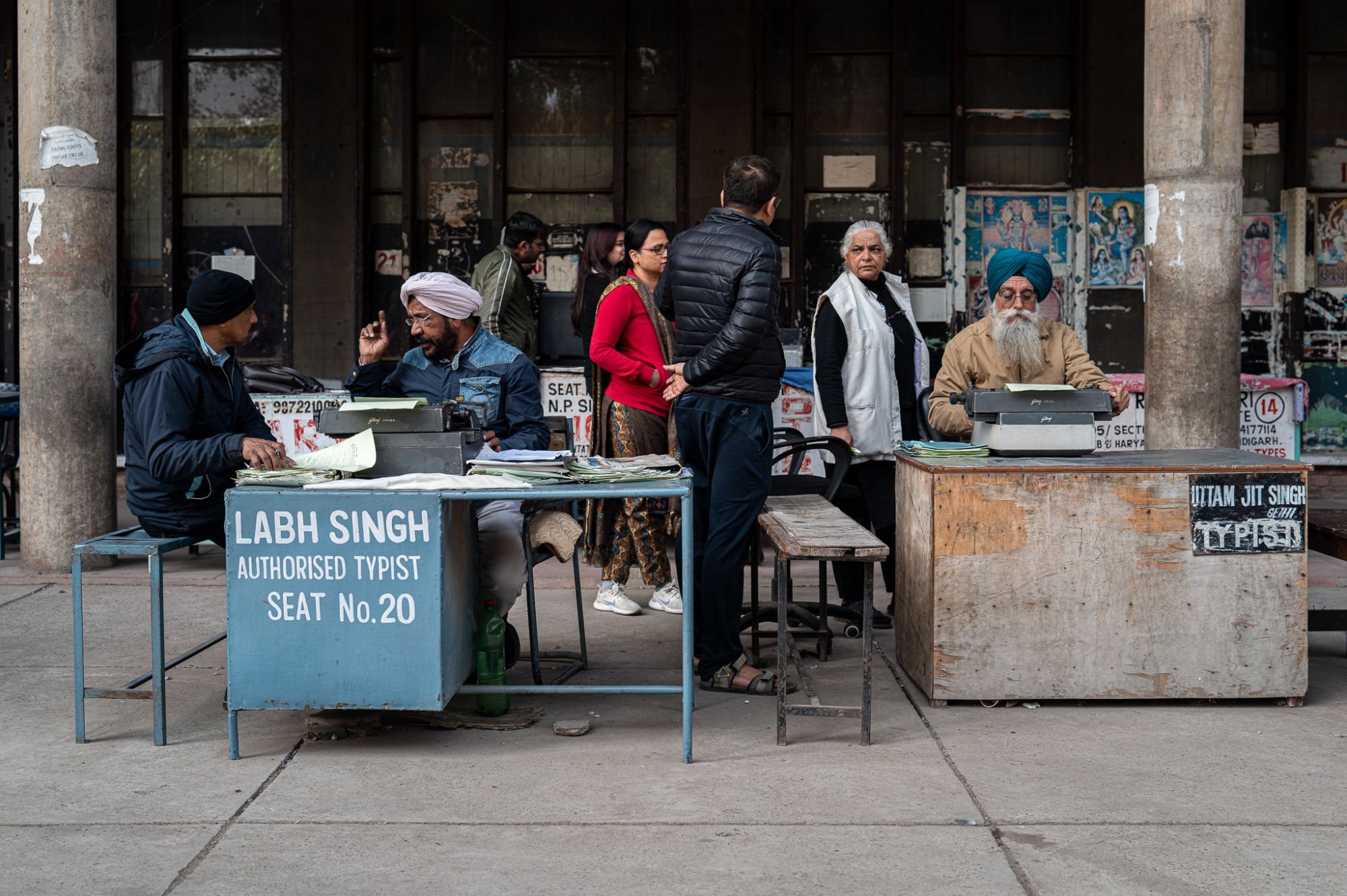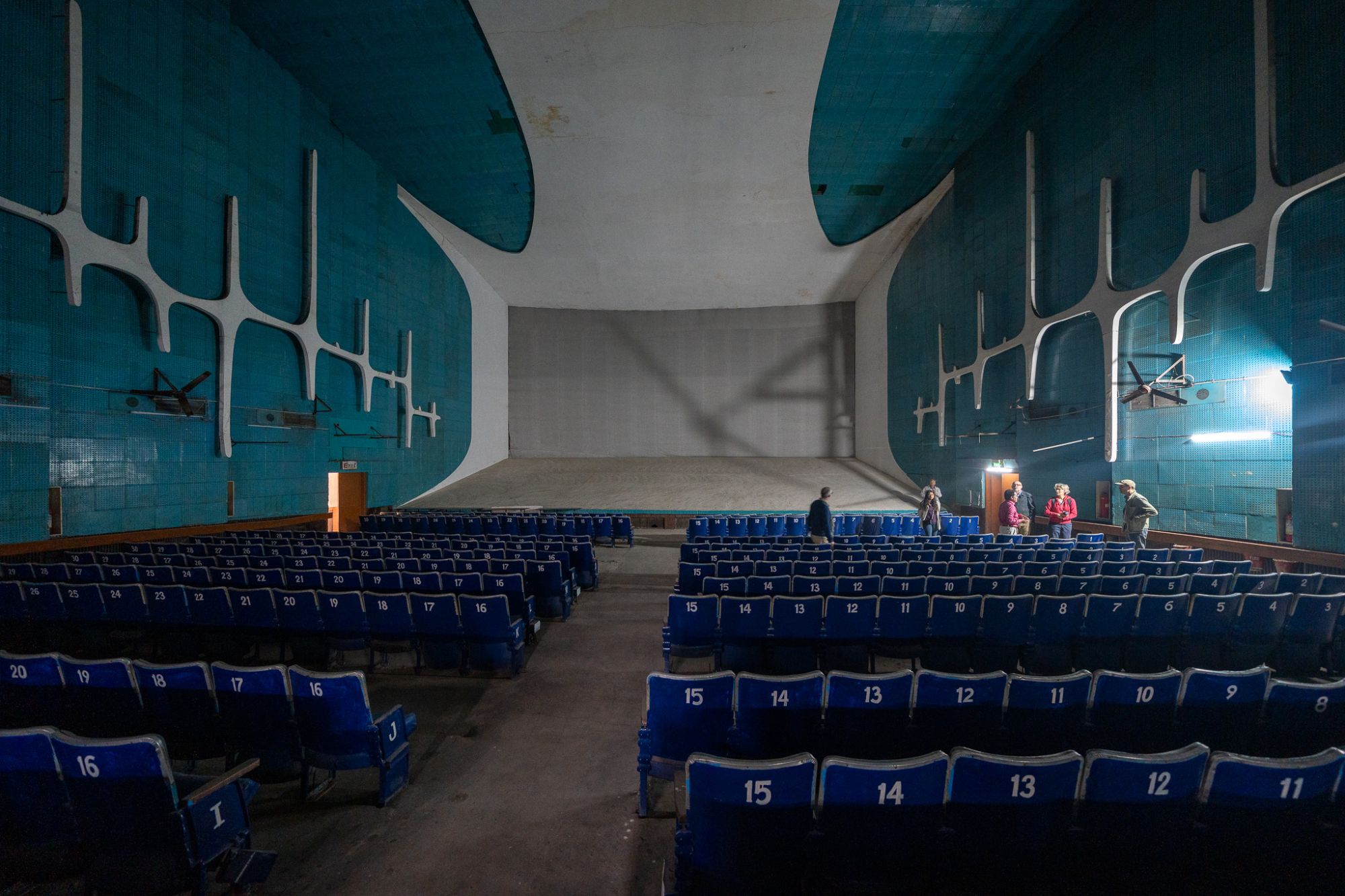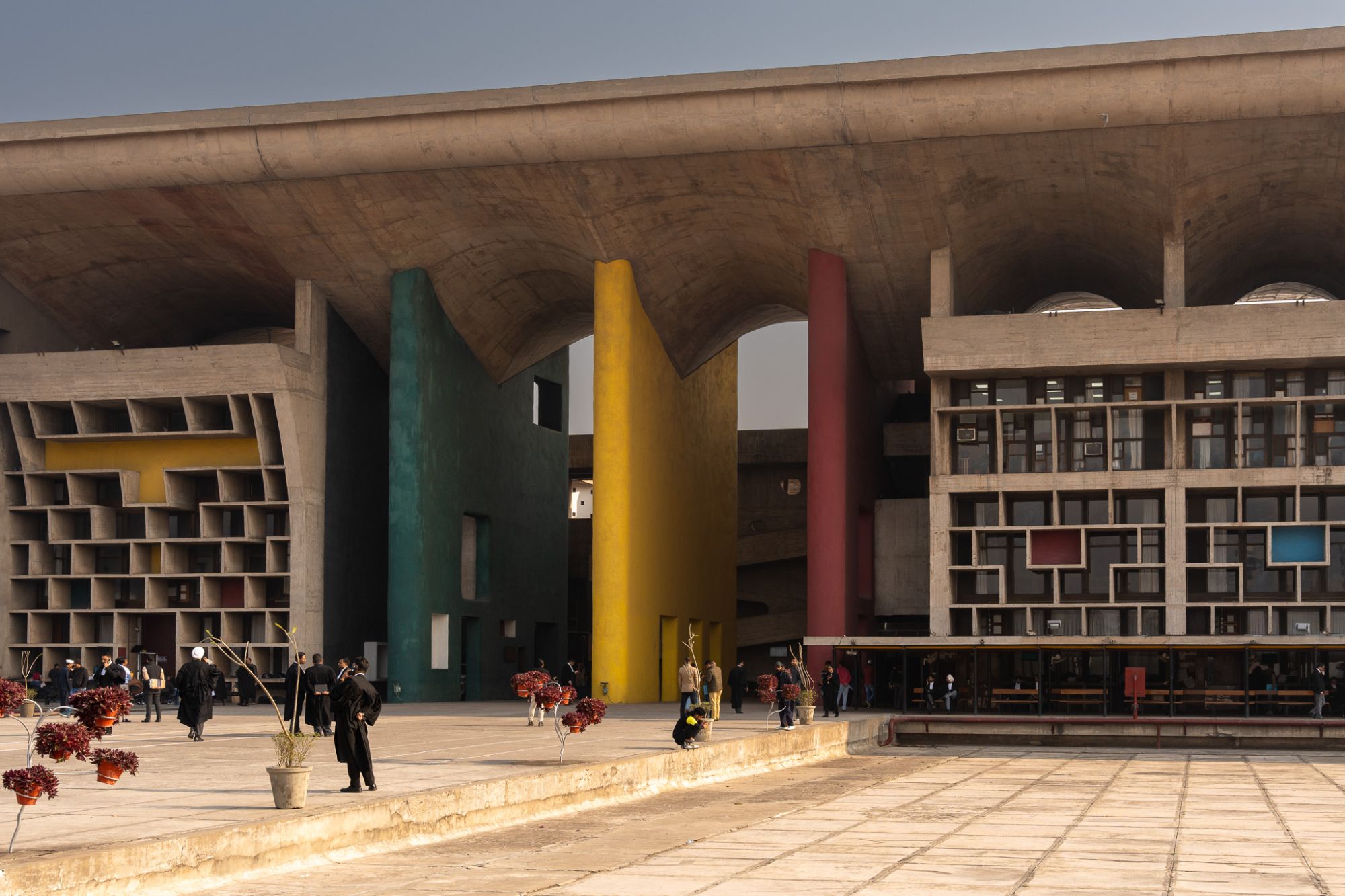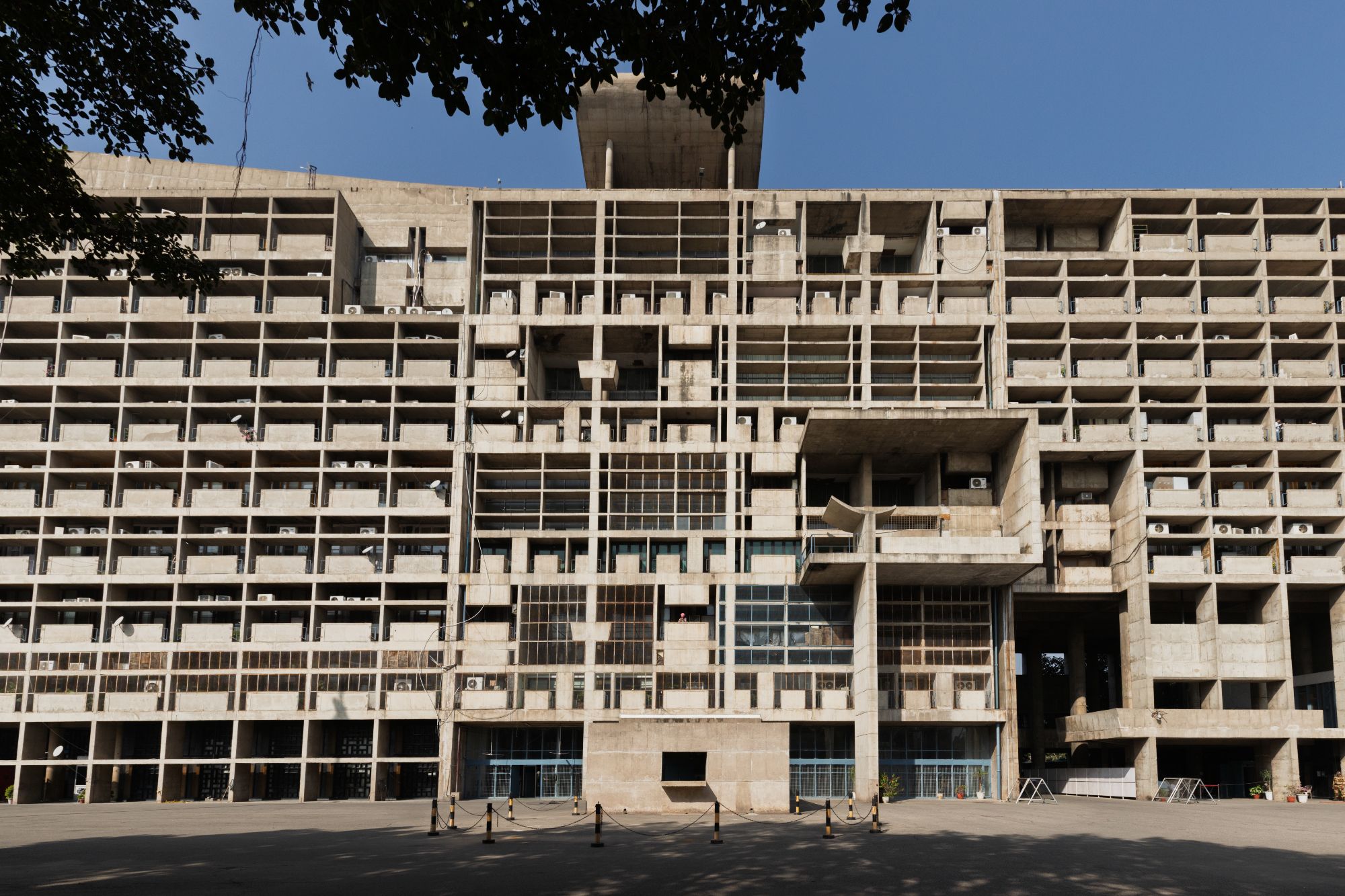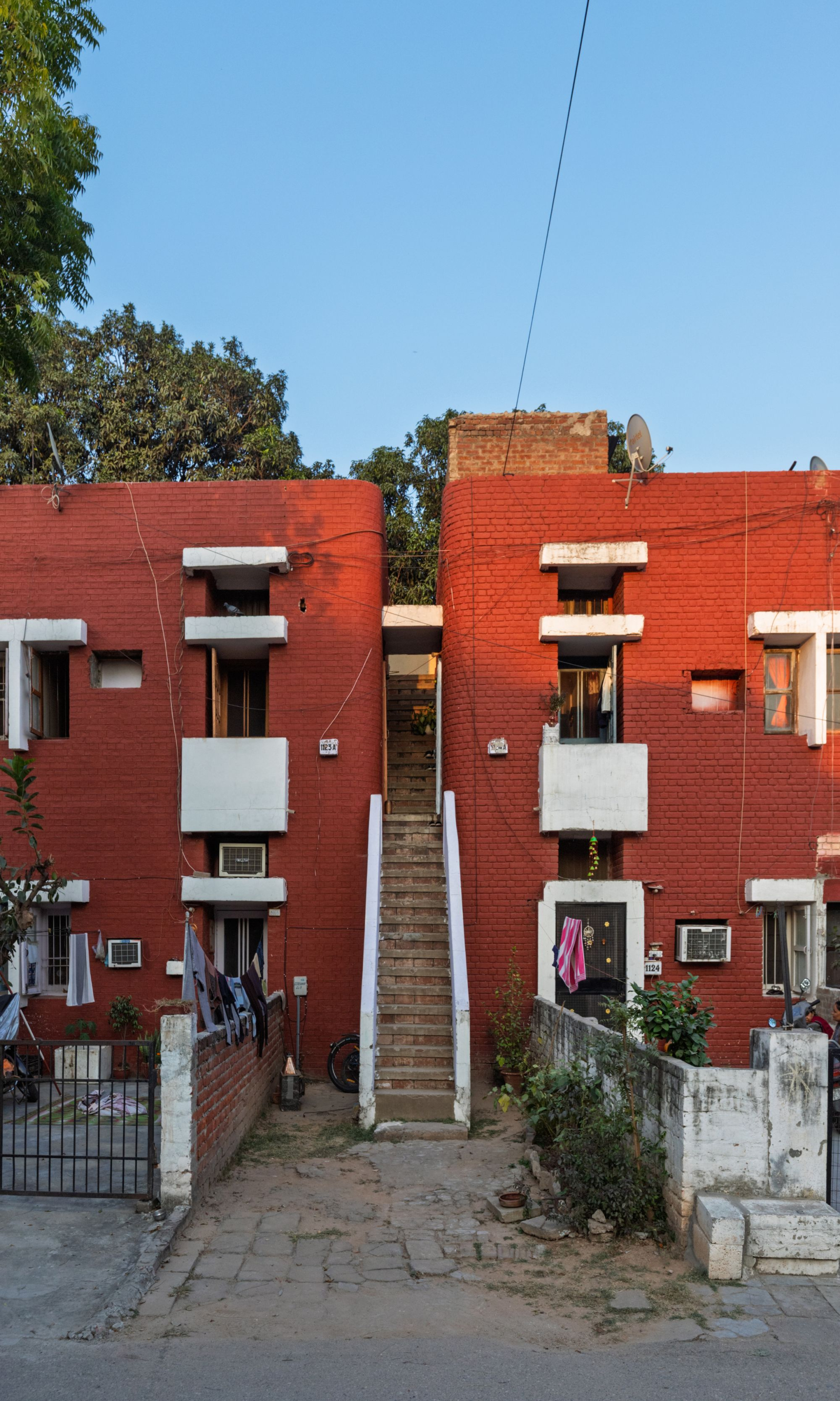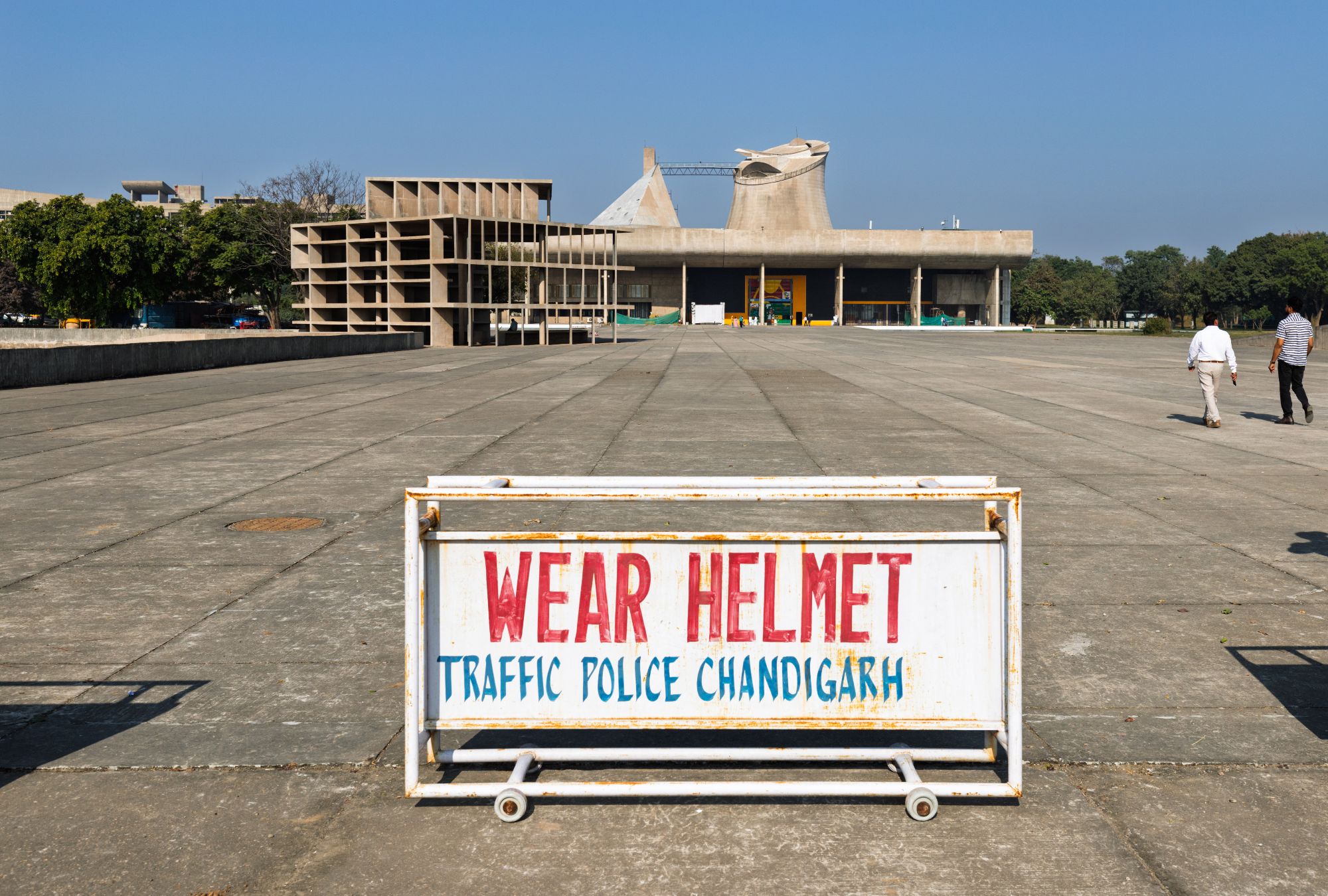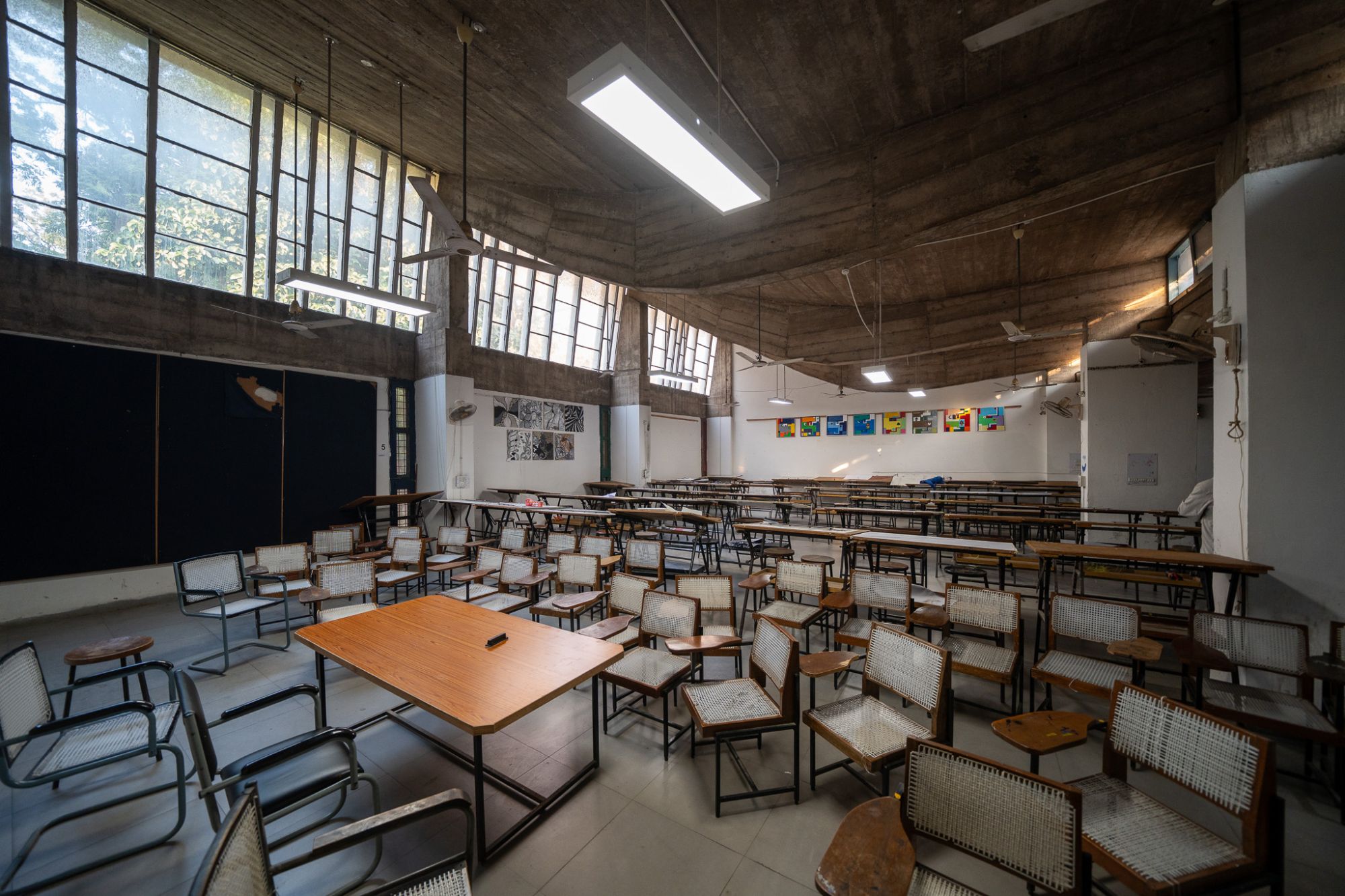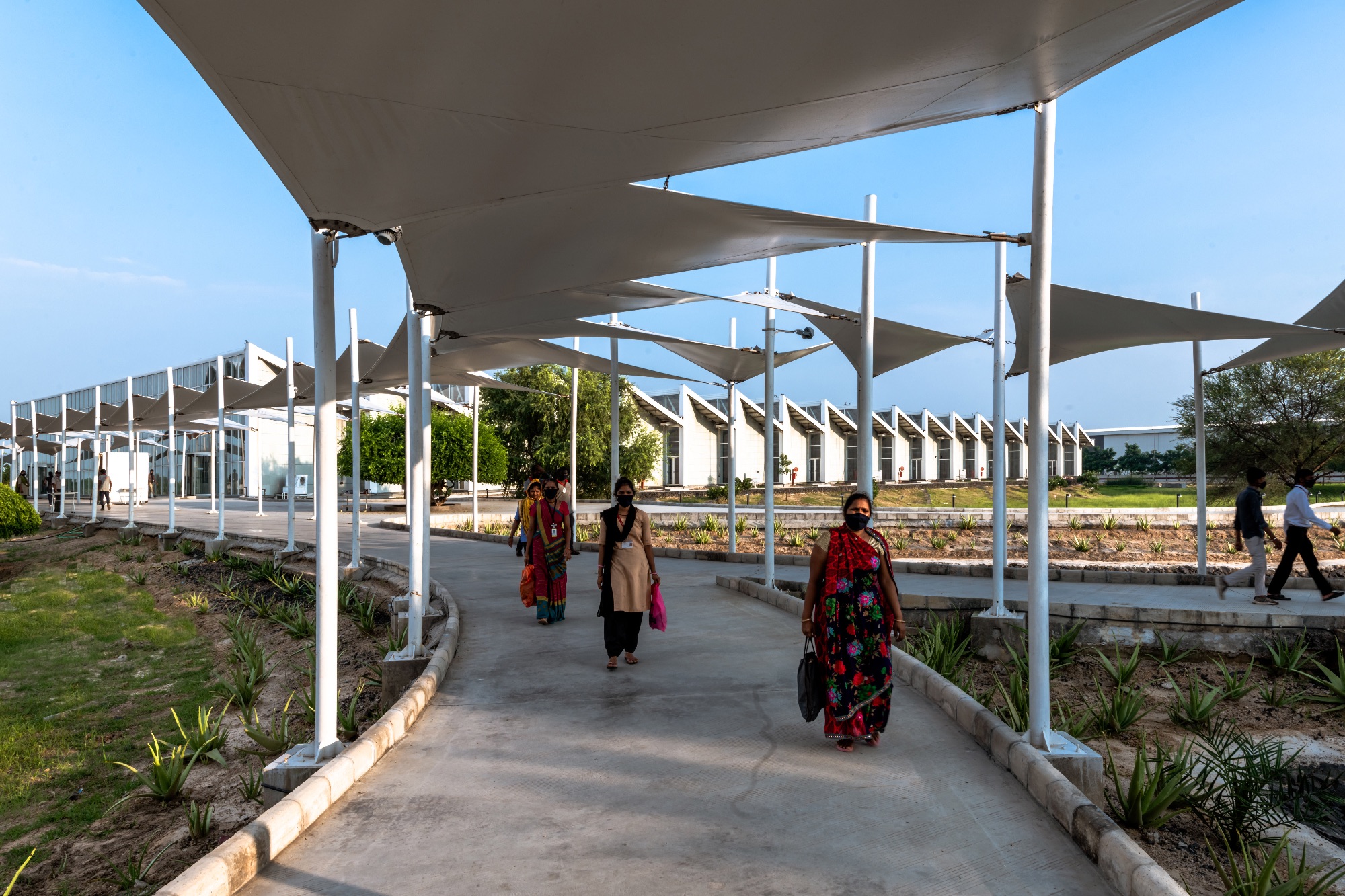International
City of Chandigarh, India by Le Corbusier
Chandigarh by Le Corbusier will be presented at the AT Awards live finals on 17 September 2025. Learn more about the project below.
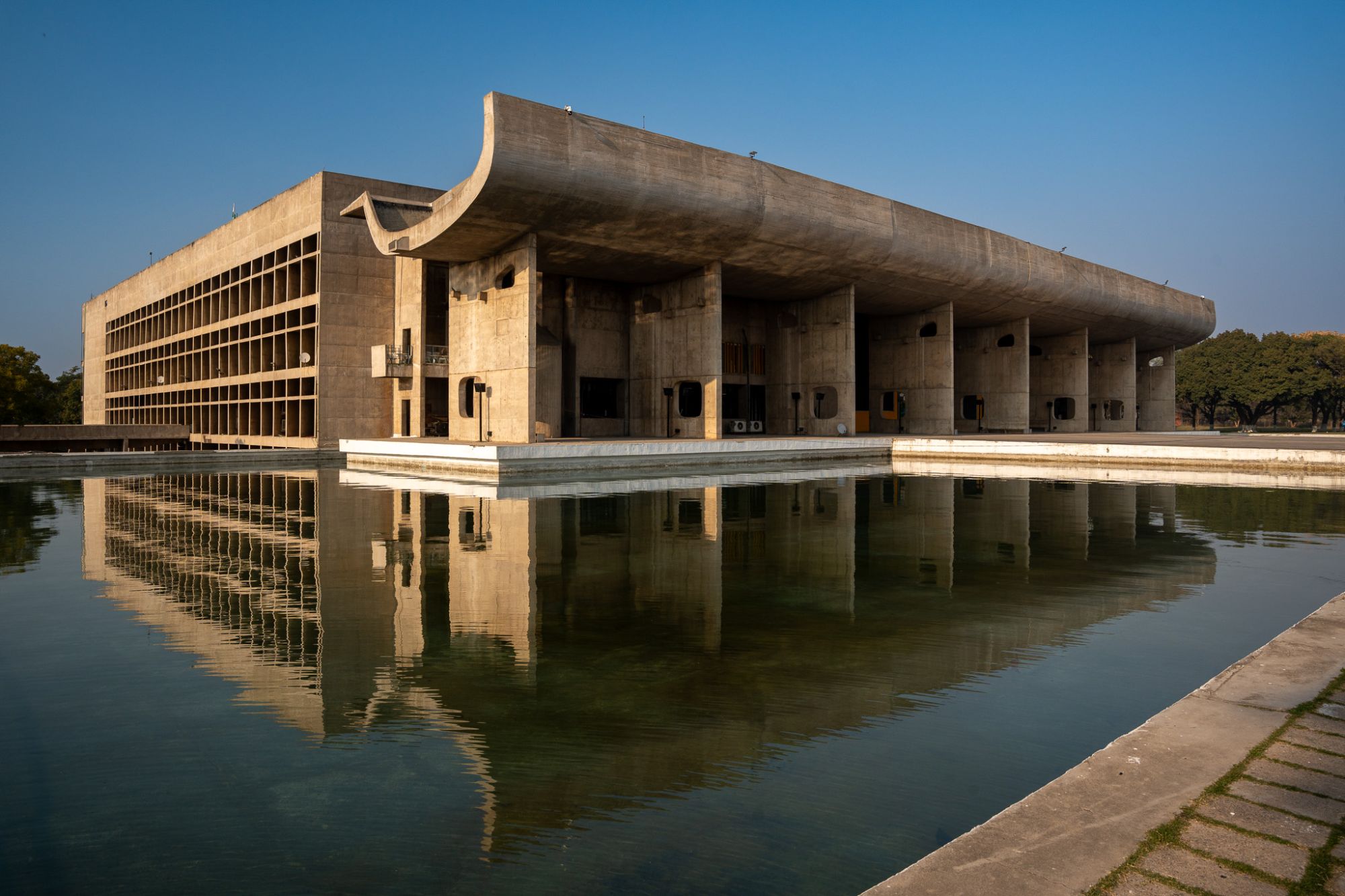
Chandigarh was developed in the wake of India’s independence and partition as a new capital for the Indian state of Punjab. Conceived as both a practical administrative centre and a symbol of national renewal, the city was intended to reflect India’s aspirations for a modern, forward-looking identity. Le Corbusier was commissioned to revise the masterplan and design key civic buildings, supported by Pierre Jeanneret, Jane Drew, and Maxwell Fry. Their role extended beyond design to educating a new generation of Indian architects and helping to establish a modern architectural language for the country.
The project faced significant constraints, including a limited budget, poor transport links, and a scarcity of materials and skilled labour. Local conditions necessitated frequent design adaptations, with construction relying heavily on rough-cast concrete and limited building resources. The city’s rapid population growth further complicated delivery, with the planned capacity of 150,000 rising quickly to 500,000. Cultural differences between international architects and local administrators occasionally caused friction, though support from Prime Minister Nehru enabled the project to move forward and ultimately delivered a coherent urban form with strong civic identity.
Over time, Chandigarh has expanded beyond the original 30 planned sectors to more than 50, accommodating over 1.5 million residents. While the original sectors maintain strict visual and material controls, newer areas have developed with less oversight and reduced design quality. Despite this, many unbuilt elements of the original plan were completed posthumously in line with Corbusier’s vision. The city retains its walkable layout, generous green spaces, and strong modernist character. The growing tree canopy and maturing landscapes now define much of its visual identity, fulfilling an important aspect of the initial design intent.
Chandigarh remains one of India’s most successful examples of planned urban development, with high per capita income and positive resident satisfaction. The Capitol Complex was listed as a UNESCO World Heritage Site in 2016, though it remains less familiar to the public due to security restrictions. Informal landmarks such as the Rose Garden and Nek Chand’s Rock Garden, built from construction waste, play a more prominent role in the city’s cultural life. While some criticisms persist—particularly regarding the suitability of Western planning ideals and concrete construction to Indian conditions—the city’s overall performance, enduring civic pride, and architectural legacy confirm its importance in the story of modern India.


